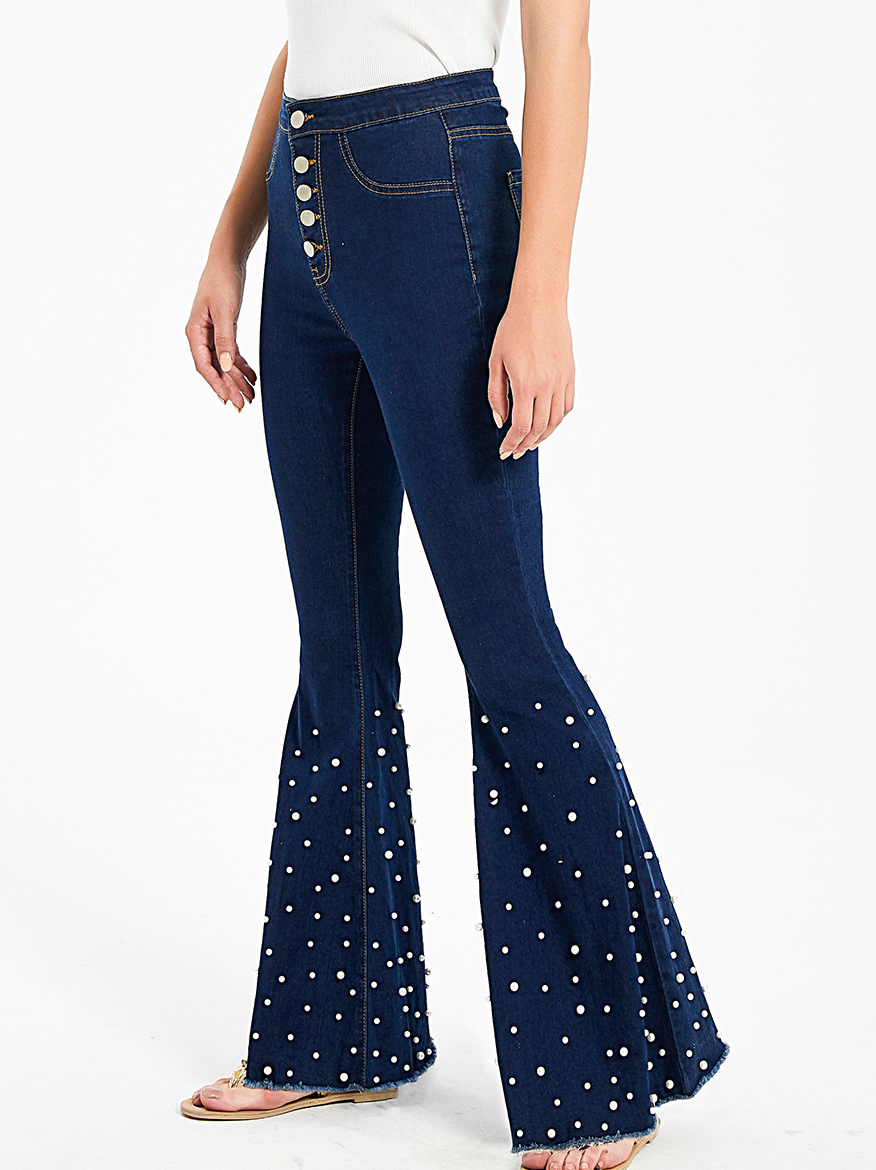*With apologies to Nicole Hollander.
Yes. You can even be a queer feminist who likes, loves, and fucks men, because being a feminist and queer activist is all about fighting for the right to be who you are and love whom you love without apology or shame. On the same premise, you can be a queer feminist geek who spends her queer feminist comics column writing about her very favorite straight guy in the whole world.
Which is what I’m going to do right now. I was going to write about the whole mess with the Buffy PDF, but I’ve already ranted my rants about that, and I’d kind of like to take a break from righteous indignation and write about something that makes me happy. So, today, I’m going to write about Miles.
Miles is going to turn twenty-five on Wednesday. He looks a whole lot like the prayer-card-style illustrations of Jesus, but with darker hair. He’s a radical feminist, a die-hard gamer, and a big damn geek. He’s also indirectly responsible for my career, because he’s the guy who got me into comics.
It’s not so much that Miles got me into comics as that he got me into superheroes. I had grown up reading Tintin and Sylvia (I love my liberal academic parents); by the time I was sixteen, I had worked my way through half of the Vertigo lineup (one of the advantages of being a teenage geek in the nineties was that it was all relatively newI read Sandman before they sold Death shirts at Hot Topic and then got to feel smug when it became a fad). But I was also a pretentious, artsy bitch, and superhero comics were well outside the very narrow scope of my fandom.
Miles had grown up reading his father’s collection of silver-age Marvel: Alpha Flight, X-Men, The Mighty Thor. His mom’s refrigerator was papered with drawings of Cyclops and Iceman. In junior high, we had bonded over Lloyd Alexander and Susan Cooper; early in high school, we had done the awkward-kids-dating thing, which mostly involved holding hands in movies and carefully ignoring my boobs. In the following years, we awkwardly split, became friends again, and eventually tumbled first into bed, and then into another, more nebulous relationship. By our second semester of college, we were living together, and the next summer, he brought his longboxes back from Florida.
Miles got me into superheroes by being into superheroes (people wondering how to get your partners into comicshere’s where you’ll want to take some notes). The comics he lent me weren’t the ones he thought would be most girl-friendly; they were the ones he loved most. I broke my teeth on Walt Simonson’s run of Thor; on The Age of Apocalypse and The Raven Banner and the Sienkewicz era of The New Mutants. We chased down backissues of Excalibur and the Longshot special. And even if superheroes weren’t my first love, Miles’s enthusiasm was contagious. By the end of college, I could recite the Summers/Grey continuity and genealogy and had occasionally been known to yell ‘KRACKADOOM!’ upon completing a particularly sticky term paper.
So, dude, this one’s for you. Because it’s your birthday this week, and because you were okay with putting a picture of Rogue and Gambit’s first kiss on the fronts of our wedding programs and because you are proud to be married to a dykey punk chick and moved cross-country so I could make comics for a living, and most of all because you know better than to fuck with my action figures.
Click here to discuss my love life.
March 5th, 2007
Categories: Uncategorized . Author: Rachel Edidin

